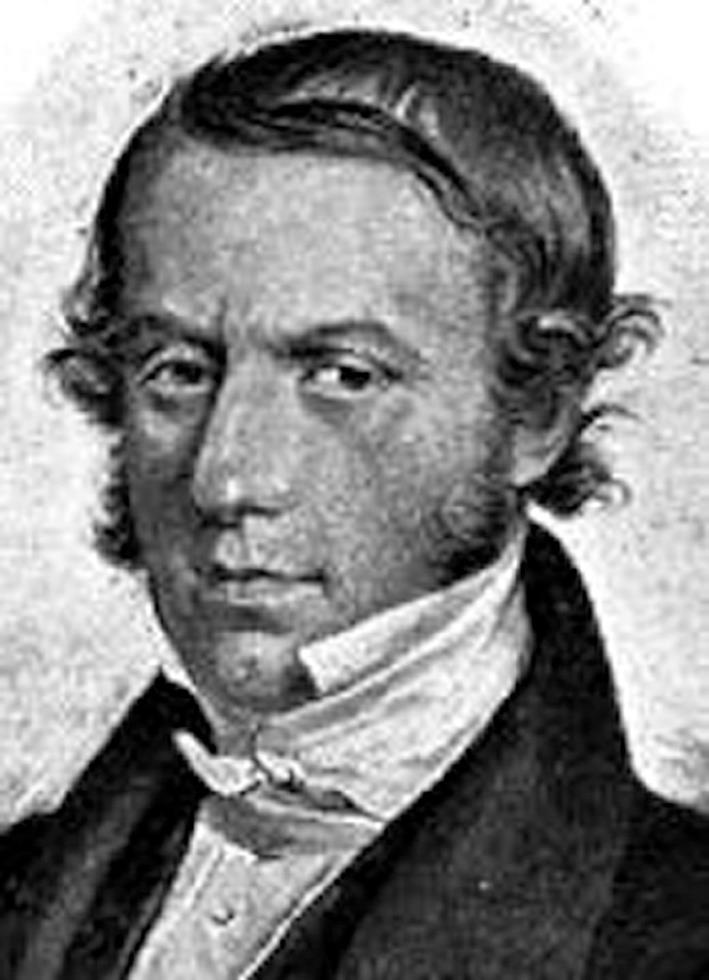Copyright
©2013 Baishideng.
Figure 5 Gabriel Andral (1797-1876).
Gabriel Andral was born in Paris, the son of a well-known physician who was a member of the academy and personal physician to the French revolutionary leader Jean-Paul Marat. Andral received his doctorate in 1821 with a thesis on expectoration. He was habilitated in 1824 and became “agrégé”. The faculty appointed him professor of hygiene in 1828 on the death of René-Joseph-Hyacinthe Bertin. When baron René-Nicolas-Dufriche Desgenettes retired, he became professor of internal pathology, and in 1839 he succeeded François-Joseph-Victor Broussais in the chair of general pathology and therapy, holding this tenure for 27 years. Besides he was physician at the Charité. In 1823, Andral became a member of the Academy of Medicine. In 1843 he became member of the Institute, and in 1858 was made a commander of the Legion of Honor. In 1866 he abandoned his chair and retired, but still he took part in the advance of science and participated in the transactions of learned societies. He died of a heart condition on February 13, 1873. His main oeuvre “Clinique médicale”, a five-volume work, comprises almost every aspect of medicine. This treatise on general medicine may be considered a summary of French medicine as it had developed in the first decades of the 19th century. He was the founder of the science of hematology. He is said to be the originator of the word “anemia” and was the first physician to see the potential of chemical analysis of the blood.
- Citation: Thomas X. First contributors in the history of leukemia. World J Hematol 2013; 2(3): 62-70
- URL: https://www.wjgnet.com/2218-6204/full/v2/i3/62.htm
- DOI: https://dx.doi.org/10.5315/wjh.v2.i3.62









